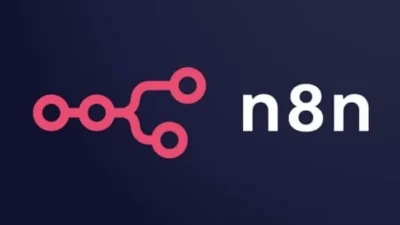The Rise of No-Code Platforms: How Tech Is Changing Business
In 2025, the rise of no-code platforms is one of the most disruptive trends in technology and entrepreneurship. What once required entire teams of developers can now be built by entrepreneurs, marketers, and small business owners with no coding experience.
From mobile apps to websites and workflow automation, no-code tools are democratizing technology, allowing anyone to innovate, launch, and scale faster than ever before.
👉 In this blog, we’ll explore how no-code platforms are changing business in 2025, their benefits, challenges, and the best platforms entrepreneurs should know.
📺 Video Insight: The No-Code Revolution
(Embed relevant YouTube video here for engagement.)
🔑 What Are No-Code Platforms?
No-code platforms are tools that allow users to create applications, websites, and automations without writing code. Instead, they use drag-and-drop interfaces, pre-built modules, and AI-assisted workflows.
Examples of what you can build with no-code tools:
-
Websites (Wix, Webflow, Hostinger Website Builder)
-
Mobile apps (Glide, Adalo, Bubble)
-
Automation (Zapier, Make, Airtable Automations)
-
E-commerce platforms (Shopify, Squarespace)
-
Internal dashboards and CRMs (Notion, Coda, Retool)
🌍 Why No-Code Is Changing Business in 2025
1. Democratization of Technology
Previously, building an app or platform required expensive developers. No-code tools allow non-technical founders to bring ideas to life quickly and affordably.
2. Faster Time-to-Market
Speed is everything in 2025. No-code platforms allow entrepreneurs to launch MVPs (minimum viable products) in days instead of months.
3. Lower Costs
Hiring developers can cost $50,000–$150,000 annually. No-code platforms offer affordable subscriptions starting as low as $10/month.
4. Increased Innovation
With fewer barriers, more entrepreneurs experiment with solutions. This leads to greater diversity of products and services.
5. Scalability with AI Integration
Many no-code tools now integrate with AI assistants, chatbots, and analytics, allowing businesses to scale smarter.
🚀 Top No-Code Platforms to Watch in 2025
1. Webflow – No-Code Web Design
-
Best For: Entrepreneurs needing custom websites.
-
Why It’s Great: Full design freedom + CMS for blogs/e-commerce.
2. Hostinger AI Website Builder
-
Best For: Beginners launching professional websites fast.
-
Affiliate CTA: 👉 Try Hostinger’s AI Website Builder for affordable, fast hosting and design.
3. Bubble – Build Web Apps Without Code
-
Best For: Startups creating SaaS or marketplace apps.
-
Highlight: Drag-and-drop editor + API integration.
4. Glide – Mobile Apps from Spreadsheets
-
Best For: Internal business apps.
-
Highlight: Turn Google Sheets into functional apps instantly.
5. Zapier & Make.com – Automation Platforms
-
Best For: Workflow automation across apps.
-
Highlight: Save time by automating emails, CRM updates, and reporting.
6. Shopify – No-Code E-commerce Leader
-
Best For: Online stores and dropshipping.
-
Highlight: Plug-and-play apps for payments, inventory, and marketing.
7. Airtable – Database + Automation
-
Best For: Project management, CRM, and collaboration.
-
Highlight: Visual dashboards with automation triggers.
8. Adalo – Mobile App Builder
-
Best For: Customer-facing mobile apps.
-
Highlight: Prebuilt UI elements for fast design.
9. Coda – No-Code Docs & Dashboards
-
Best For: Internal operations.
-
Highlight: Combines docs, spreadsheets, and apps.
10. Notion (with AI)
-
Best For: Solopreneurs & small teams.
-
Highlight: Central hub for docs, tasks, and knowledge management.
📊 Comparison: Traditional Development vs. No-Code
| Factor | Traditional Development | No-Code Platforms |
|---|---|---|
| Cost | $20,000–$100,000+ | $10–$100/month |
| Time to Launch | 6–12 months | Days to weeks |
| Skills Needed | Coding required | None (visual builder) |
| Flexibility | High (custom code) | Medium-High |
| Scalability | High | Increasing with AI |
🏆 Real-World Example: How Entrepreneurs Use No-Code
-
A fitness coach built a booking app on Glide in 2 days.
-
A local bakery launched an e-commerce site using Shopify in a week.
-
A consultant automated client onboarding with Zapier + Notion—saving 10 hours a week.
These stories highlight how no-code empowers small businesses to compete with bigger players.
🚧 Challenges of No-Code Platforms
While powerful, no-code platforms have some limitations:
-
Customization – Highly complex apps may still require code.
-
Vendor Lock-in – Switching platforms can be difficult.
-
Scalability – Enterprise-level scaling may need hybrid solutions.
-
Security & Compliance – Entrepreneurs must ensure tools meet legal standards.
👉 Pro Tip: Start with no-code for your MVP. Transition to low-code or custom code if your business grows beyond platform limits.
🙋 FAQs About No-Code Platforms
Q1: Can I really build an app without coding?
Yes. Platforms like Bubble, Glide, and Adalo let you build apps visually.
Q2: Are no-code platforms secure?
Yes, reputable platforms offer strong security, but always check compliance (GDPR, HIPAA, etc.).
Q3: What’s the difference between no-code and low-code?
-
No-code: 100% visual, no programming.
-
Low-code: Visual with some coding for advanced features.
Q4: How much do no-code platforms cost?
Most range from $10–$100/month, far cheaper than hiring developers.
Q5: Will no-code replace developers?
Not entirely. Developers will focus on complex projects, while entrepreneurs and teams use no-code for rapid prototyping and automation.
📢 Final Thoughts: No-Code Is the Future of Business
The rise of no-code platforms in 2025 is reshaping business. Entrepreneurs can now:
-
Build websites, apps, and tools without coding.
-
Launch faster and at a fraction of the cost.
-
Automate workflows and scale smarter.
🚀 Whether you’re a startup founder, solopreneur, or small business owner, no-code platforms unlock limitless opportunities.
👉 Ready to build your first website? Start with Hostinger’s AI Website Builder—an affordable, powerful no-code tool for entrepreneurs.





